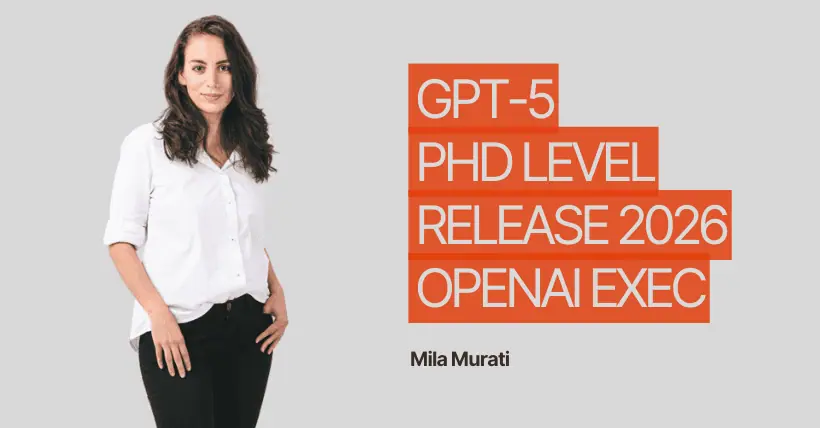In recent years, the development of artificial intelligence technology has been incredibly rapid, and it is no exaggeration to describe it as “changing with each passing day.” Among these advancements, the emergence of ChatGPT stands out as a significant milestone.
Before this, many people generally believed that artificial intelligence was just a gimmick, flashy but impractical, or that it was only suitable for certain specialized fields and required supercomputer support (such as Google’s AlphaGo). It seemed very distant from the daily lives of ordinary people.
However, ChatGPT has completely shattered these various prejudices. As technology has evolved to its current state, artificial intelligence is no longer just a gimmick. Its current intelligence level is at least comparable to that of a high school student. Moreover, it has given rise to various applications, such as speech recognition, image recognition, and various content generation applications, which have already begun to be highly integrated into the daily lives of ordinary people.
In this context, many friends are very interested in what level the next generation of ChatGPT will reach in the future. On June 19th, OpenAI’s Chief Technology Officer Mira Murati discussed this topic in an interview with the media, providing some insights.
Mira Murati believes that the leap from GPT-4 to GPT-5 will be huge, similar to a person growing from a high school to a university student. Her original words were:
“If you examine the trajectory of GPT’s development, GPT-3 is roughly equivalent to the intelligence level of a toddler, GPT-4 is equivalent to the intelligence level of a smart high school student, and in the next few years, we will strive to (make the future GPT-5) reach the intelligence level of a PhD. Everything is rapidly changing and improving.”
Regarding the release date of GPT-5, Mira Murati did not provide a specific time, only broadly stating that it would be about a year and a half later. From this, we can infer that GPT-5 might not be released until the end of 2025 or the beginning of 2026, which is still far off.
Mira Murati finally emphasized that by “GPT-5 reaching PhD-level intelligence,” she meant in certain specific fields, rather than a comprehensive intelligence level. In other areas, GPT-5 might still not reach the level of a real human.
Regarding the question “What level can artificial intelligence reach in the next few years,” several industry leaders have also expressed their views, which can be referred to.
Microsoft’s Chief Technology Officer Kevin Scott predicts that the next generation of artificial intelligence will “be able to pass doctoral exams thanks to more powerful memory and reasoning capabilities.”
The most optimistic and aggressive attitude comes from Elon Musk. Musk predicts that around 2029, artificial intelligence could completely surpass real humans.
Musk’s original words were: “Artificial intelligence might be smarter than any real human by next year. By 2029, artificial intelligence could be smarter than all humans.” Please refer to the image above.
Related:
- Why Are GPUs Rapidly Advancing, but Sound Cards Aren’t?
- Rigid and Flexible Semiconductors: The Future of Electronics
- AI vs AGI: Understanding the Key Differences Between Them

Disclaimer: This article is created by the original author. The content of the article represents their personal opinions. Our reposting is for sharing and discussion purposes only and does not imply our endorsement or agreement. If you have any objections, please get in touch with us through the provided channels.



